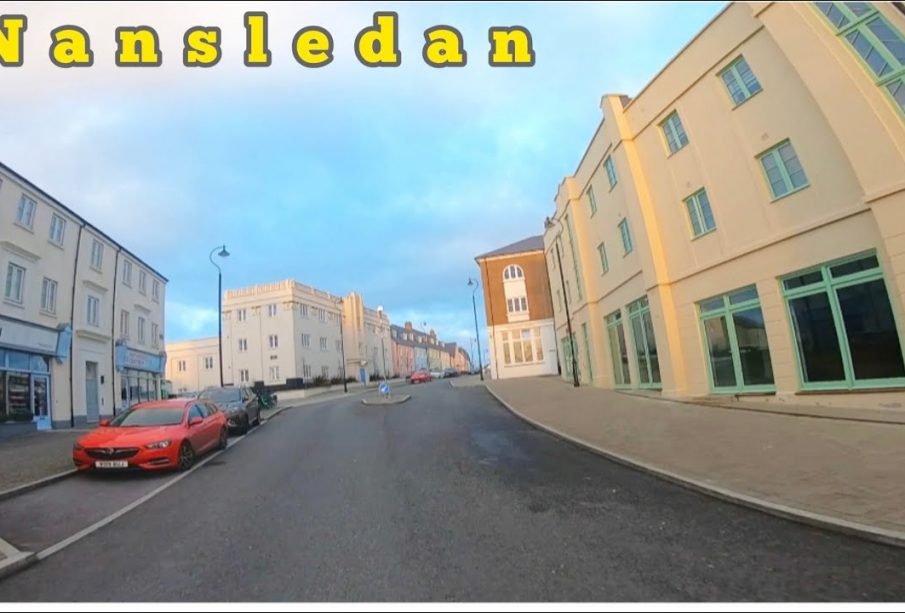Nansledan: Building the Future of Cornwall

Introduction to Nansledan
Nansledan, a contemporary urban development project located near Newquay, Cornwall, represents a significant step towards building a sustainable community that harmoniously integrates with its natural surroundings. This ambitious initiative, which began in 2014, is not only redefining residential living in the region but also aims to rejuvenate the local economy by providing essential amenities and creating numerous job opportunities.
Key Features of Nansledan
The Nansledan development, spearheaded by the well-known local developers, the Greggs family, spans over 540 acres of land. The project is designed to create around 4,000 new homes, with a careful consideration of architecture that reflects the coastal heritage of Cornwall. In line with modern principles of urban planning, it includes a mix of housing styles—ranging from social housing to elegant family homes—designed to cater to a diverse population.
Nansledan boasts a strong emphasis on sustainability. It incorporates numerous eco-friendly features, including energy-efficient homes, electric vehicle charging points, and extensive green spaces. The community also promotes walking and cycling with a network of pathways and cycle routes designed to enhance connectivity while reducing carbon footprints.
Importance of Community Amenities
Integral to the Nansledan project is the focus on providing robust community amenities. The development plans include schools, healthcare facilities, and shopping areas, ensuring that residents have access to essential services within proximity. Recently, the Nansledan Academy, a new primary school catering to children in the area, has opened its doors, further solidifying the community’s family-friendly atmosphere.
Local Economic Impact
Nansledan’s construction phase has already created many jobs, benefiting tradespeople and suppliers. As the community develops, predictions suggest that it could lead to the creation of up to 2,500 jobs in various sectors, contributing significantly to Cornwall’s economy. The increased population and business opportunities are expected to boost local enterprise and attract further investment into the region.
Conclusion
As the Nansledan project progresses, it remains a notable example of how modern developments can forge sustainable, vibrant communities while addressing local economic needs. With ongoing investment in infrastructure and amenities, Nansledan not only aims to become a flagship community within Cornwall but also sets a benchmark for future developments across the UK. The coming years will be crucial as the area transforms into a bustling neighbourhood, bringing both challenges and opportunities to its residents.









